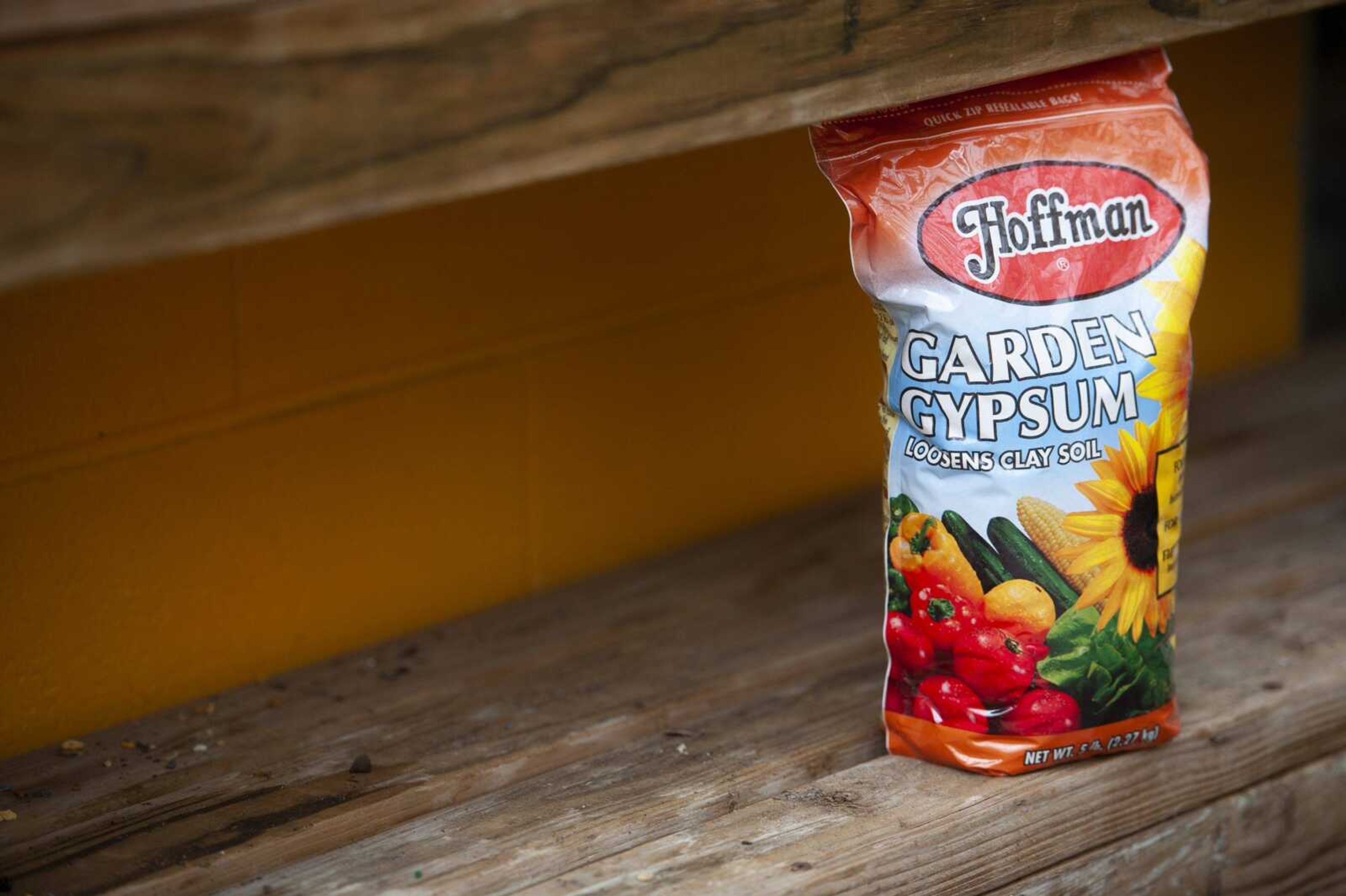Gardening tips for soil when it rains too much
I don't know about you, but I am tired of rain. (Don't tell anybody that, because it may haunt me in the near future). Let me rephrase that. A lot of landscape plants are tired of the rain. Too much rain causes plants to suffer, unless of course we are talking about swamp and water plants. The swamp plants and water plants are loving it...
I don't know about you, but I am tired of rain. (Don't tell anybody that, because it may haunt me in the near future). Let me rephrase that. A lot of landscape plants are tired of the rain. Too much rain causes plants to suffer, unless of course we are talking about swamp and water plants. The swamp plants and water plants are loving it.
Most of the soils in the Heartland contain a lot of clay in them. Clay particles are very small and tend to be covered with electronic charges. These charges cause the clay particles to hold together. Both characteristics cause water to be held in them over a long period of time.
When soils stay wet too long, the plant roots tend to rot. These rotted roots don't function too well, and the result is that the plant will show a lot of leaf browning. The plants think that they are going through a very dry spell, even though soil moisture is present.
In order to alleviate this problem temporarily with landscape plants, you need to check on several things. If the plants have mulch around them, pull the mulch back from the area covering the plant root system. The mulch is causing the soil to stay wet because the soil water is not evaporating on sunny days.
In addition if you have weed barrier under the mulch, pull it back from the root area of the plant. Again, the weed barrier is keeping moisture in the soil. It is not allowing it to evaporate.
These short term solutions will help, but over the long term gardeners need to amend the soil to correct its water holding capacity. You do this with gypsum. Gypsum will neutralize some of these electronic charges, which holds the small clay particles together. These will result in groups of clay particles that stay together, but will also result in some of the clay particles separating. The final result is that the soil will have a lot of larger particles instead of a lot of small particles.
With the change in soil structure water will not be held as tightly. Therefore moisture can evaporate more rapidly. The result will be air moving into the soil, which will allow the soil to dry out.
I hope this information helps you eliminate the drowning of the landscape plants in your yard.
Connect with the Southeast Missourian Newsroom:
For corrections to this story or other insights for the editor, click here. To submit a letter to the editor, click here. To learn about the Southeast Missourian’s AI Policy, click here.











